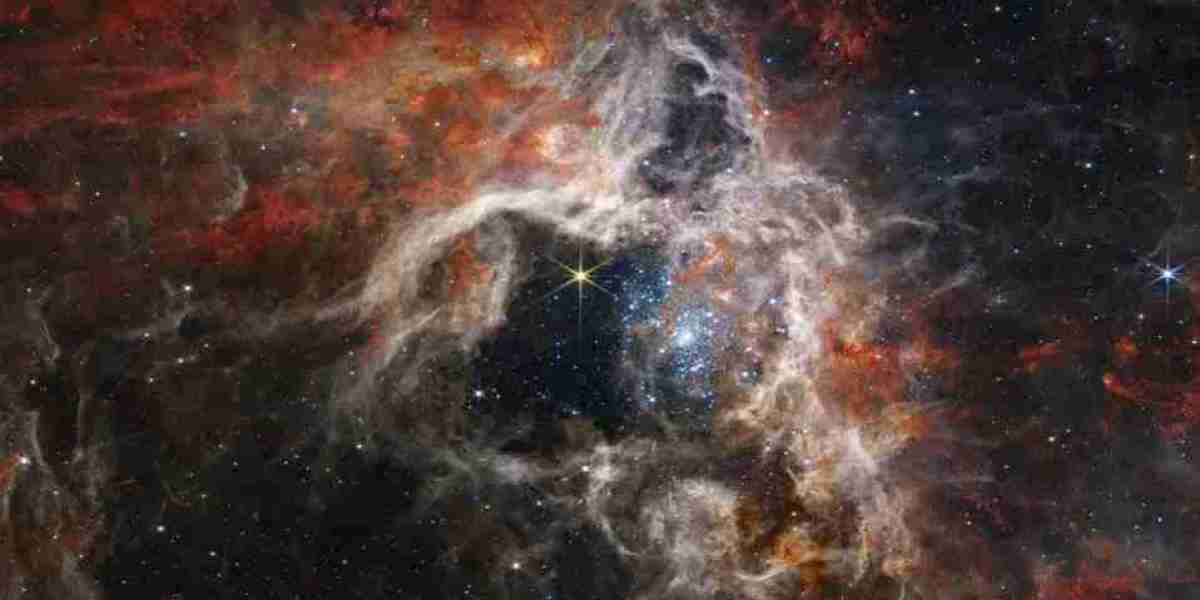This is the promise of "Deep Sky," an extraordinary IMAX presentation that brings the universe's awe-inspiring mysteries closer than ever before. Directed by the Oscar®-nominated filmmaker Nathaniel Kahn and narrated by the equally acclaimed actress Michelle Williams, "Deep Sky" is a monumental journey through the cosmos, powered by the groundbreaking images captured by NASA's Webb Telescope.
Deep Sky
At the heart of "Deep Sky" is the story of human ambition and scientific achievement. The film chronicles the high-stakes global mission that brought the James Webb Space Telescope to life. From conception to the nail-biting launch that placed JWST into orbit a million miles from Earth, "Deep Sky" captures the collective effort of thousands of individuals across decades, aiming to answer some of humanity's oldest questions: Where did we come from? How did the universe begin? Are we alone in the vastness of space?
But "Deep Sky" is more than a documentary about a space telescope; it's an immersive experience that invites audiences to see the universe as never before. Through the power of IMAX, viewers are transported across 13 billion years of cosmic history, to the very edges of the observable universe. Here, in stunning clarity, we witness the birth of stars, the formation of galaxies, and the eerie beauty of exoplanets—planets that orbit stars beyond our own Sun. These images, beamed back to Earth by JWST, reveal the universe’s vast beauty on a scale that seems only the giant IMAX screen can begin to convey.
Exploring The Universe
The Webb Telescope represents the pinnacle of human ingenuity and our unyielding desire to understand the cosmos. Positioned a million miles from Earth, JWST is designed to peer through dust clouds and gaze at the universe in infrared, unveiling secrets that have been hidden from us until now.
What makes "Deep Sky" particularly captivating is its ability to render the incomprehensible beauty and scale of the universe accessible. The IMAX® experience, known for its breathtaking visuals and sound, serves as the perfect medium to convey the majesty of the cosmos. Each frame of the film is a testament to the beauty that lies beyond our blue planet, a reminder of the universe's infinite wonders that await discovery.
"Deep Sky" also poses profound questions about our place in the universe. By showcasing the latest discoveries and scientific achievements, the film invites us to ponder our origins, our future, and whether we are alone in the cosmos. It's a cinematic journey that not only expands our knowledge but also deepens our appreciation for the mystery and beauty of the universe.
TRAPPIST-1
In the heart of the cosmos, nestled within the constellation Aquarius, lies a star system that has captivated the imaginations of astronomers and dreamers alike: TRAPPIST-1. This system, with its seven Earth-sized planets, serves as a symbol of hope in our quest to understand the universe and our place within it. This exclusive clip from "Deep Sky" dives into the enigmatic world of TRAPPIST-1, offering a glimpse into the potential cradle of alien worlds that could mirror our own Earth in many ways.
Unlike the gas giants that often dominate discussions of exoplanetary systems, TRAPPIST-1's planets are rocky, bearing a closer resemblance to our home planet. This distinction is crucial, as it lays the groundwork for the possibility of life as we know it. The innermost planets of the system, scorched by their proximity to their star, and the outermost, locked in eternal ice, bookend the real stars of the show: three planets residing in the Goldilocks zone. Here, conditions may be just right for liquid water to exist, a fundamental ingredient for life.
Pushing the boundaries of human knowledge and technology, the James Webb Space Telescope targets TRAPPIST-1 in an attempt to detect atmospheres around these rocky exoplanets. The detection of an atmosphere on one of these planets would mark a monumental leap forward in our search for extraterrestrial life, signaling the presence of one of the key elements required for biological processes as we understand them.
Beyond The Stars
JWST and “Deep Sky” represent an almost perfect Venn diagram overlap of my primary interests—technology and its intersection with entertainment.I find all of this both fascinating and exhilarating. I love science and technology and I am enthralled by both the intense beauty of the universe, as well as the perplexing mysteries.
In my opinion, audiences will leave the theater with a sense of wonder and a newfound curiosity about the cosmos. "Deep Sky" is an experience that may change how we see the universe and ourselves within it. It's a vivid reminder that we are part of a much larger, more beautiful, and infinitely mysterious cosmos.

